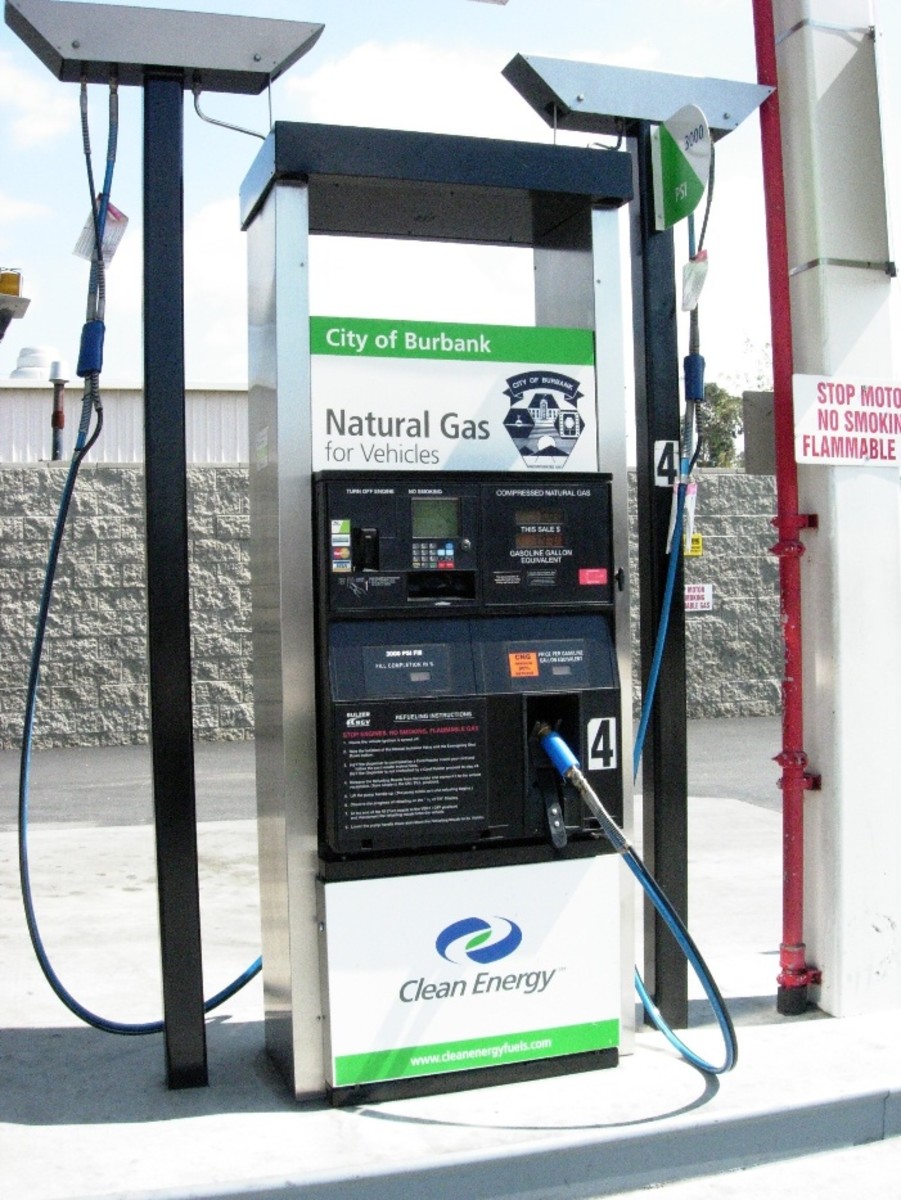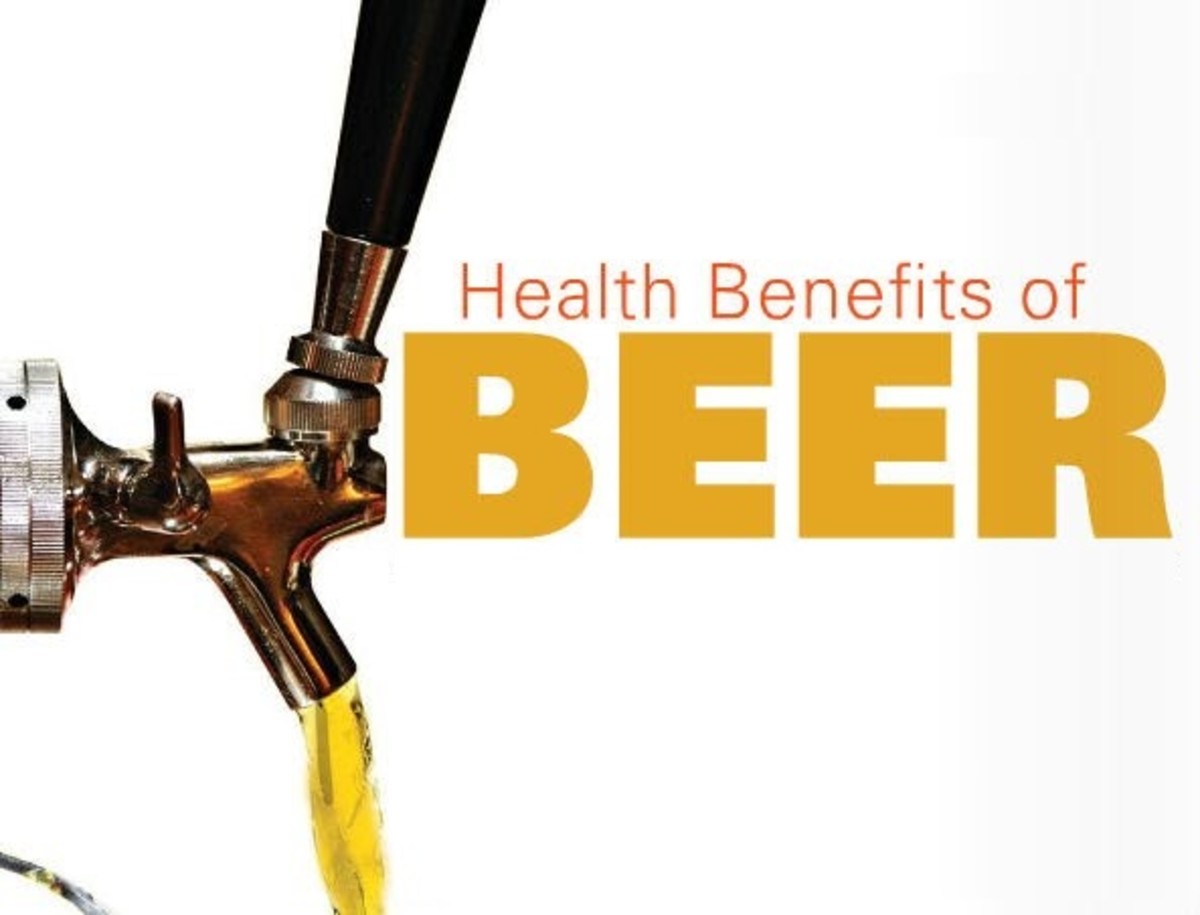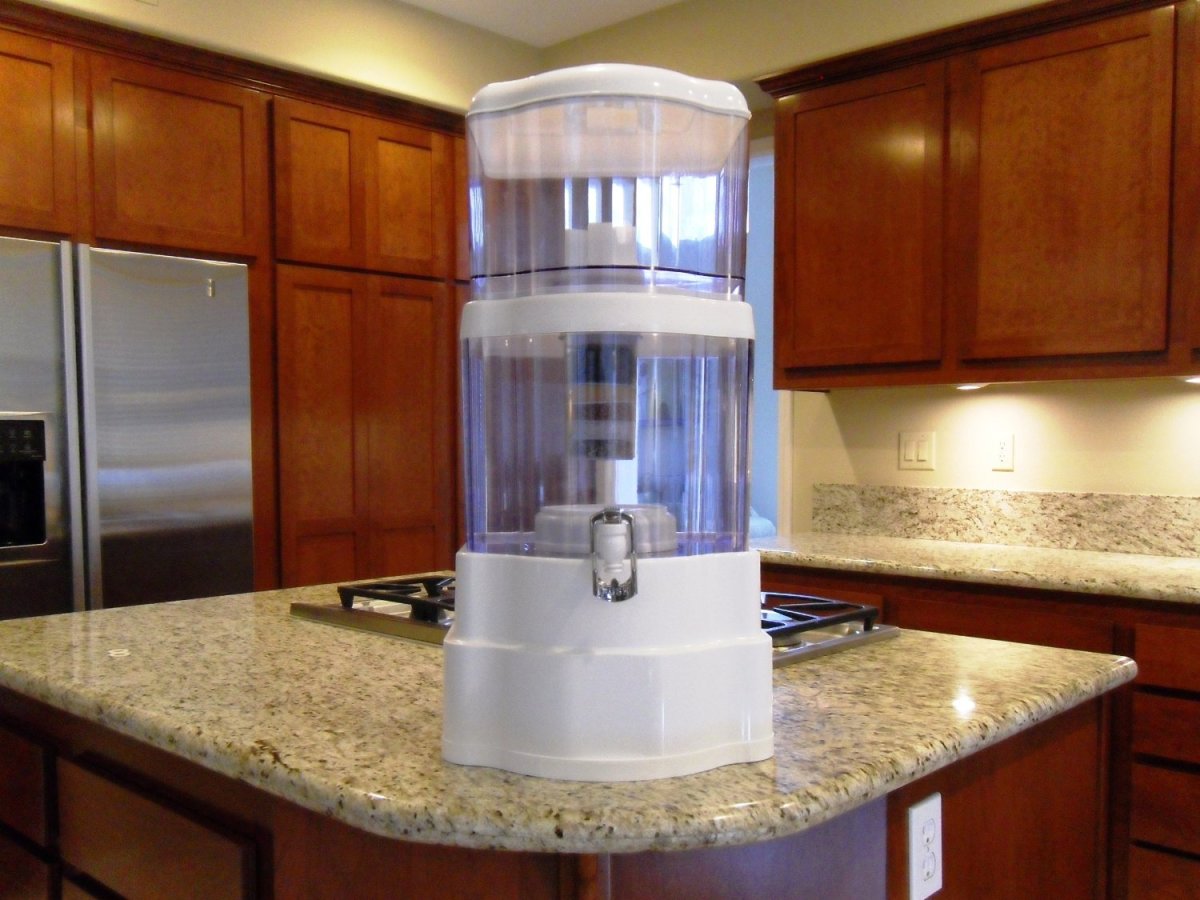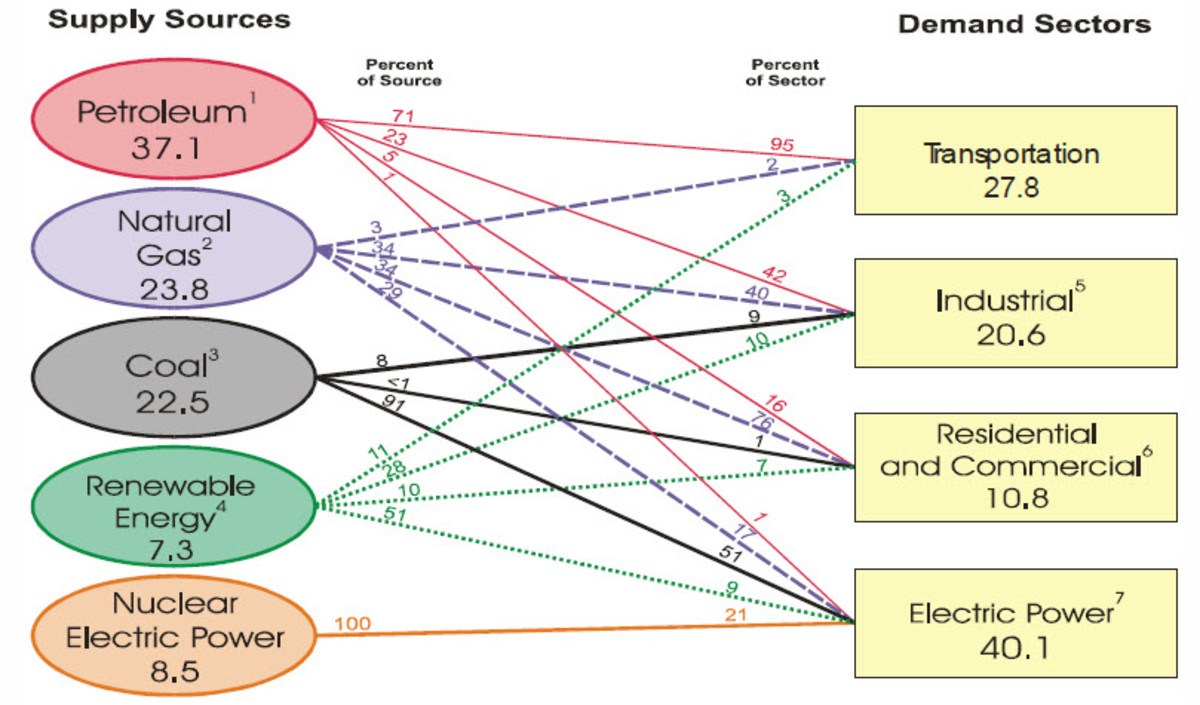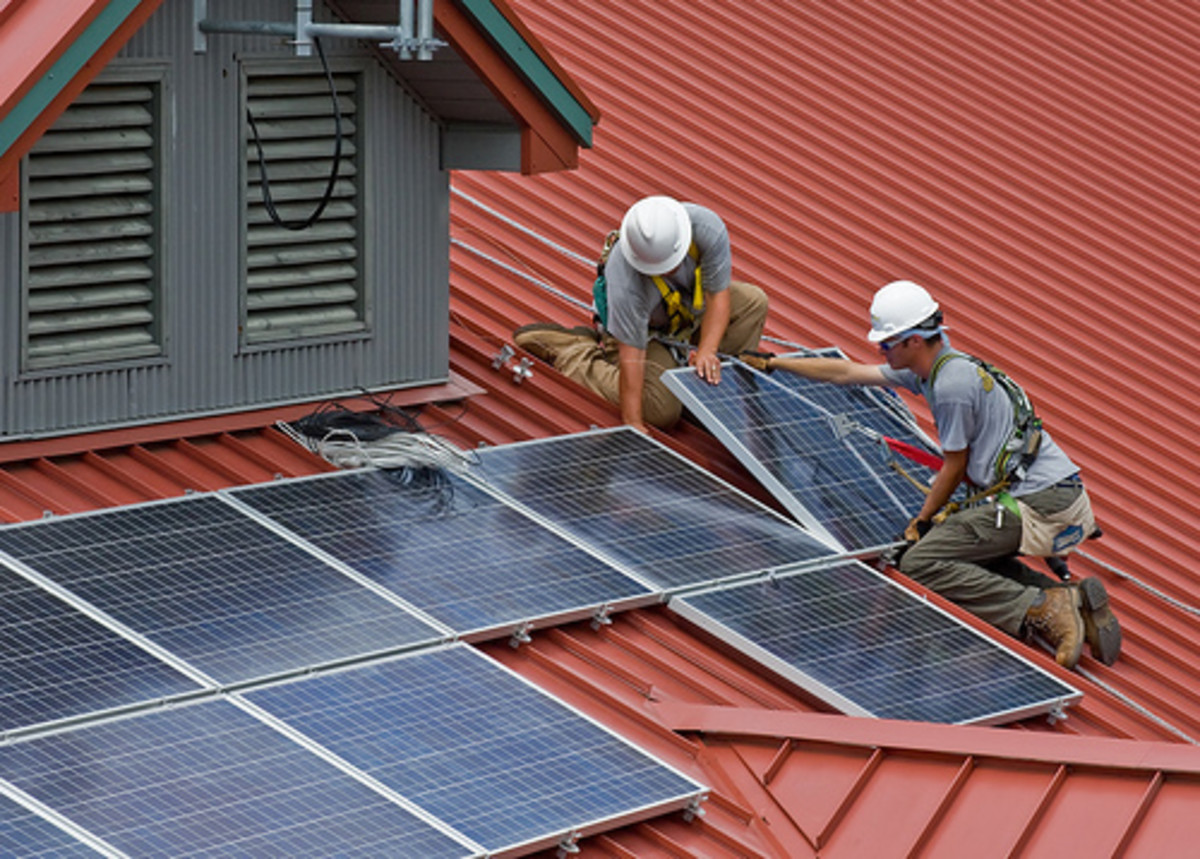Shale Gas Extraction

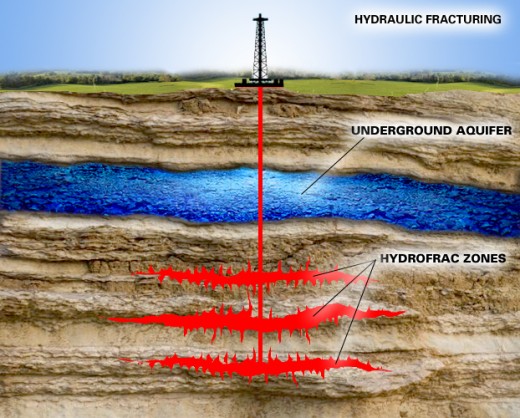
In 1961, at Girl Scout camp, I was on a nature hike led by a park ranger. We hiked down a path toward a creek in a cool, moist forest. There were moss, ferns and bay trees. We touched the soft moss, felt the cool smooth trunks of the bay trees, and smelled the leaves as part of our nature experience. As we stood on the bank of the creek listening to the ranger who had one foot on the opposite bank and one foot on a rock in the middle of the creek, the ranger held a lit match to water gurgling in the creek. The flame grew and flickered fueled by the natural gas bubbling up from the creek bed. After the ranger extinguished his match, and the fire went out, he pulled some grass growing up through the gassy water. We passed the grass to one another and took turns smelling the blades of grass. It smelled like gas. The ranger said it was “gas” grass, the only grass that could grow in natural gas. Since that day, I have always considered natural gas as a safe and natural source of energy.
Natural gas is the fastest growing fossil fuel in use today. The type of gas I observed as a child is “biogenic,” and is also referred to as “swamp” gas which arises from the breakdown of organic material. The type of gas extracted from the earth by major gas companies is referred to as “thermogenic”. The actual consumption of natural gas produces far less pollutants than other fossil fuels. The impact of the extraction or mining of natural gas thousands of feet below the earth’s surface, or “shale” gas is more controversial.
It would be great if there was an alternative to coal, nuclear energy, or petroleum that was abundant, and did not pollute the environment. Experts say that there are enough natural gas reserves in shale to last 60 years. Sixty years is plenty of time to develop new technologies to identify new sources of fuel, and possibly to learn to adjust consumption downward, assuming the loss of safe drinking water does not offset the advantages of this new energy source.
Modern technology has advanced to allow extraction of natural gas from shale which is as deep as 8000 feet below earth’s surface. A hole is drilled vertically downward to the layer of shale, and then it drills horizontally shooting a mixture of water, chemicals and sand which “fracture” the shale, creating cracks around the horizontally drilled hole. The water, sand, and chemical mixture flows into the cracks which are held open by the firm grains of sand. Natural gas flows out of the cracks, and is expelled back through the drilled wells. Because this process causes fractures, the water, sand, chemical mixture can possibly penetrate wells used for drinking water.
As hydraulic fracturing becomes more common, reports of contaminated drinking water are proliferating. A 1987 EPA report acknowledged that hydraulic fracturing could, in fact affect drinking water but dangerous chemicals were not being used, and the process was expensive and uncommon. The report concluded that there was little, if any risk to drinking water. Additionally, chemicals were not added to the mix because their benefits to the process had not been discovered. Another study was published in 2004 by the EPA. Again, the study did not address the possibility of large scale water contamination. It could not take into account a practice that barely existed. Drilling and hydraulically fracturing horizontally for up to a mile underground, which required about five times more chemical-laden fluids than vertical drilling was not yet in operation. The 2004 report was used by the Bush administration and Congress to justify legislation exempting hydraulic fracturing from review under the Safe Drinking Water Act. The exemption came to be known in some quarters as the "Halliburton loophole" and has inhibited federal regulators ever since.
In the past ten months, sixteen hundred new wells have been drilled in Pennsylvania, and that nationally, shale gas production has increased by over 1200 percent in the decade. In addition to methane (the natural gas that seeps into the groundwater through the fractures), toxic chemicals are entering the water supply. The toxic chemicals are not known until people, animals and fish are sick, or dying because the gas companies such as Halliburton do not have to disclose their chemicals because it is a trade protected secret. The chemicals are discovered when private parties give water samples to private laboratories from their tap water. The toxic chemicals found in these water supplies match up to other chemicals found in water samples provided by other private parties who just happen to live near a gas drilling site. By the time this water is tested, the damage is done. The water supply is permanently destroyed for consumption.
Initially, natural gas seemed like a solution. Mountain tops are not removed, air quality is not destroyed, and it can be produced within our own US borders. There seemed to be an adequate supply to last us long enough to discover other alternatives.
Sadly, there is no alternative to water. We can hope for more discoveries. We can look for alternative sources, and hope for fuel that is clean and renewable, but it’s not looking good, and time is running out. The one clean, harmless solution is to use less energy, and go on an energy diet. There really are no other options.


